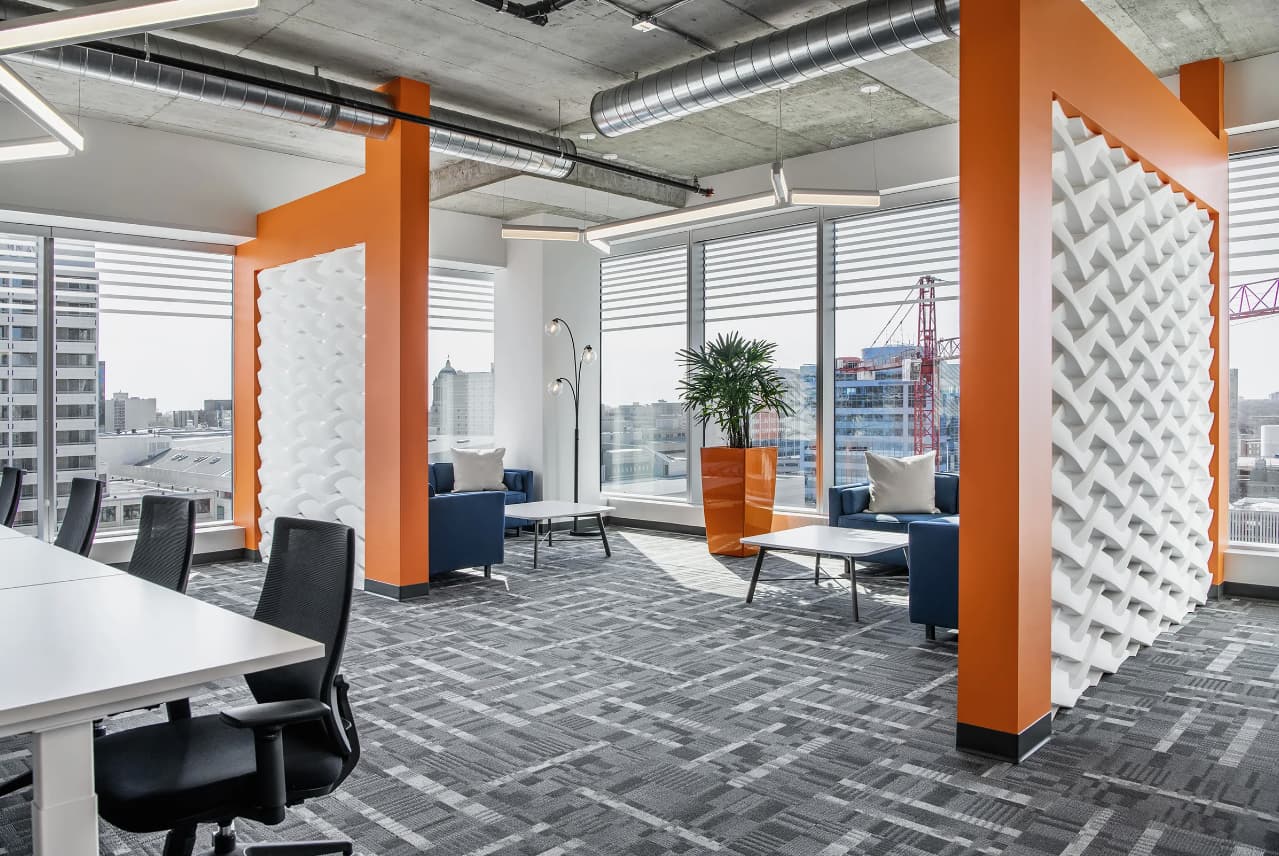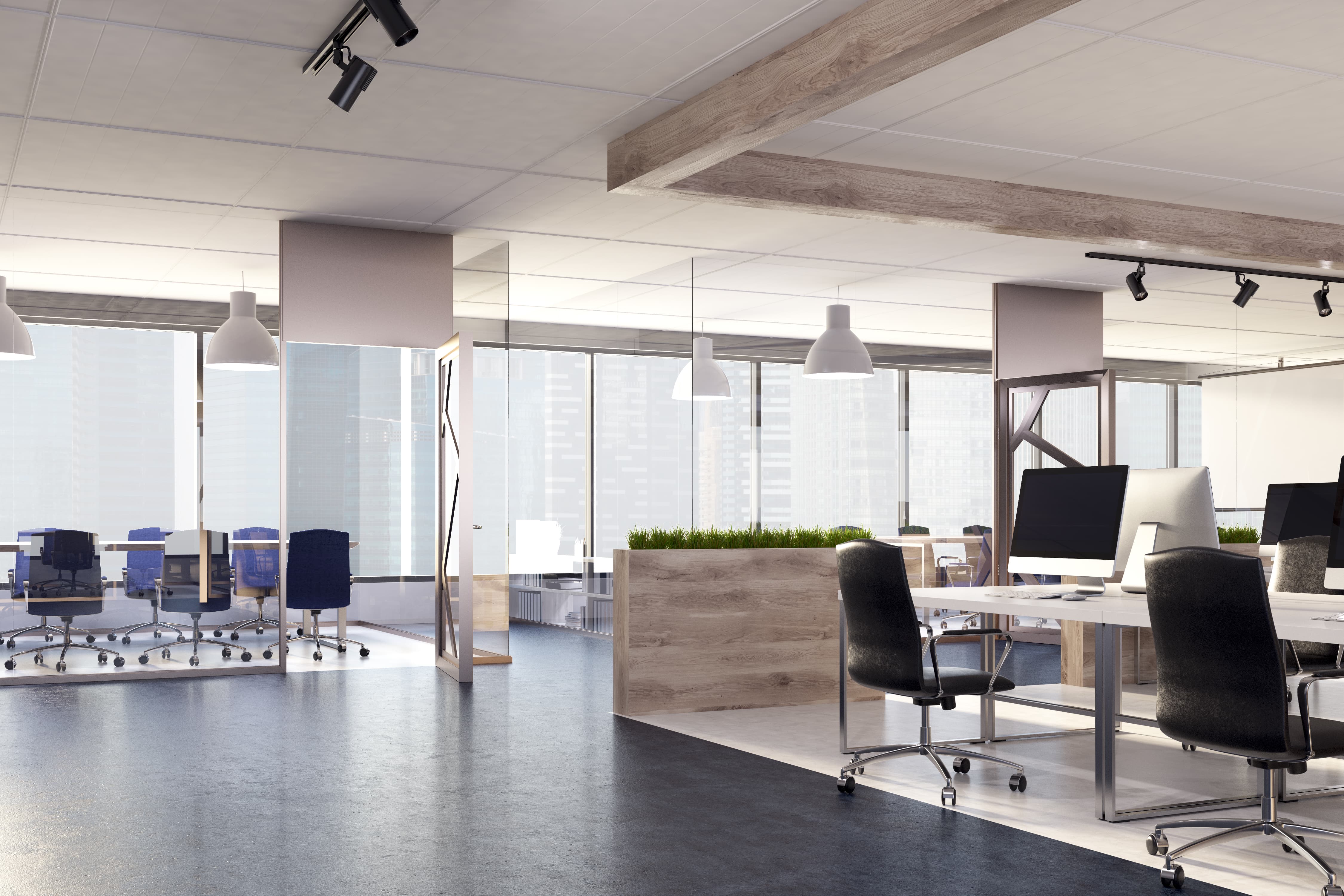With hybrid workplaces going mainstream in many industries, the bifurcation of remote and in-office work has resulted in significant economic and cultural changes. Highly impacted by this change are organizational leaders, who are trying to offer a balance between the flexibility people want and the need to bring employees together to create greater cohesion and build a sense of community.
With this shift, leaders are left wondering whether their corporate culture is slowly dissolving and are being challenged to reinvigorate it under the new working structure. With talk of ‘Quiet Quitting’ taking center stage, leaders are rethinking how they can lead by example. After all, leadership in a hybrid work structure must take a varied approach to be successful. Playing a key role, leaders need to be accessible in ways they may have not considered in the past, and set the tone for the adoption of hybrid work.
Leaders…the new office amenity?
In traditional workplace design, the focus has been on creating executive floors or suites that are set apart from the rest of the organization. While perhaps purposeful in its time, the result was that it constrained building team transparency and made it harder for management to connect with their employees. Given accessibility and authenticity are desired leadership traits, employees want their executives to be visible, given it positively informs feeling connected and valued. In the new hybrid working structure, this has become increasingly more challenging.
“It used to be the gym, the cafeteria, being able to bring puppies to work, whatever it is, but executives are the new amenity” – Phil Kirschner, McKinsey Workplace Strategy and Change Leader
With less in-office time, new behaviors and practices are required, which can be a barrier to positive change. Helping accomplish this however, is a fundamentally different approach to executive spaces. Their design can play an important role in building the kind of culture and fostering the actions leaders want to see in the workplace. These innovations can help leaders balance the need to be more approachable to employees, yet still have space to handle confidential information as well as the day-to-day needs of the organization.
A New Vision for Leadership Spaces
It’s abundantly clear that hybrid work will require new kinds of spaces for leaders to easily connect both in-person and with remote participants, and the right technology is essential for a seamless experience. It’s no longer ‘one size fits all’, so leaders need a variety of hybrid collaboration options for both 1:1 and group conversations in easily accessible open and closed spaces.
The new hybrid leadership space is highly visible, positioned on a main traffic path yet still gives leaders privacy when required. Elements may include:
- Privacy Zones: Integrated technology and easy access to work tools make this space highly effective for deep focus and hybrid 1:1 collaboration
- “Back Porch”: An aside space to the office that serves as a “back porch”, signaling availability and allowing for quick shifts for collaboration with both in-person and remote employees. In order for remote employees to gain sightline into this structure, status updates should be integrated into calendars and messaging boards.
- Social Hub: An approachable and multi-purpose cafe space for leaders and employees to meet, ideal for connecting before and after meetings with leadership. It also includes touchdown spaces for people to do individual work, when space and opportunity for collaboration is required.
Creating a Thriving Workspace for All
Regardless of hybrid work strategy, thriving in the structure and bringing people back together recharged and invigorated is perhaps the greatest challenge organizations face today. It has become abundantly clear that management policies and behaviors must change, in order to instill the sense of community and connection that all members of their team crave.
The time is now for executives to lead by example and demonstrate the culture and behaviors they expect from their employees. Change is never easy, but making this transition easier is the abundance of new design options, to maximize time in the office and facilitate accessibility where it matters most.




